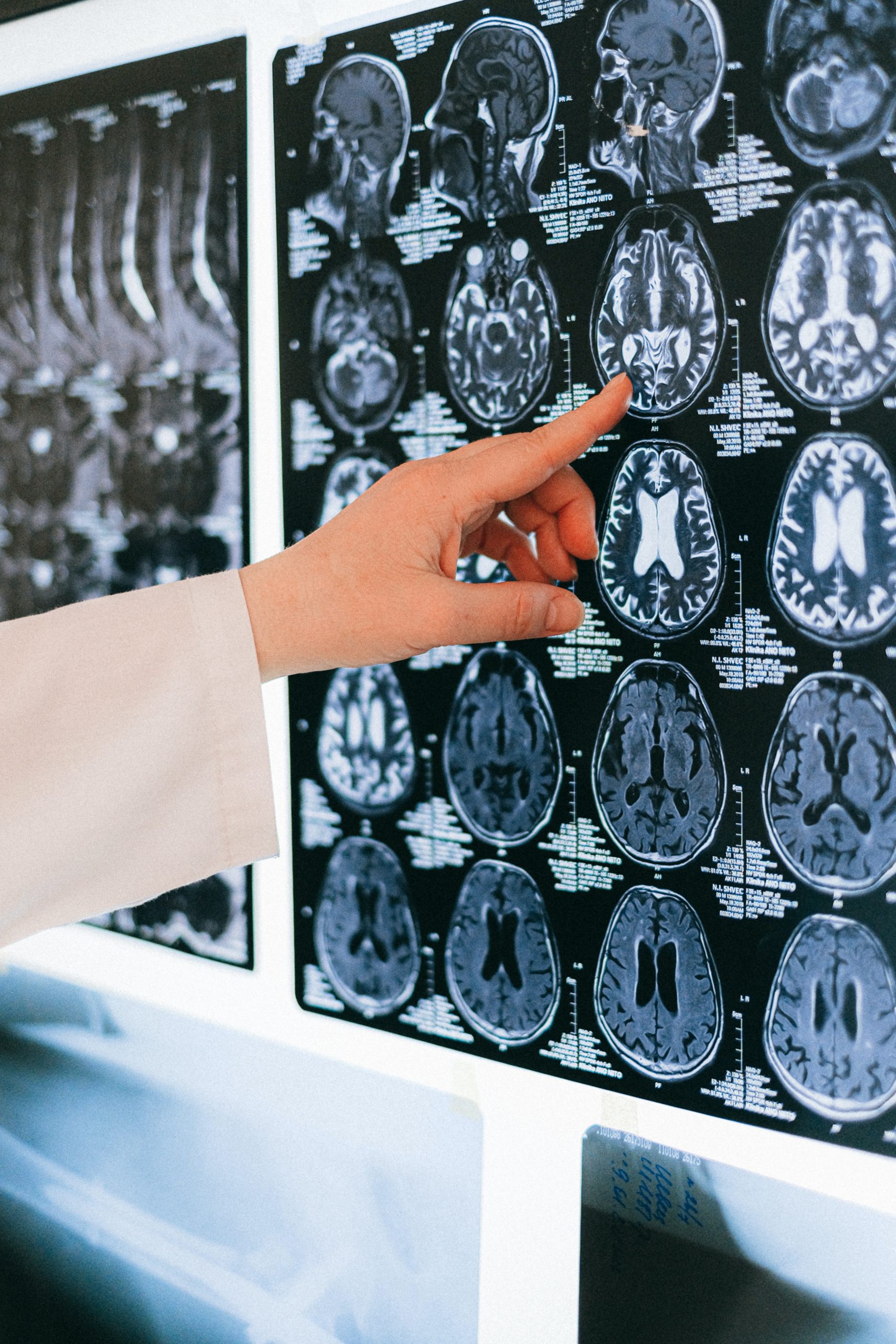Hurricane Milton made landfall near Siesta Key, Florida, as a powerful Category 3 hurricane, with maximum sustained winds of 120 mph (193 km/h). While the storm has since weakened to a Category 1 hurricane, it continues to pose significant threats as it moves across the state. Residents need to stay updated on the storm’s path and potential hazards.
Impacts and Dangers
Hurricane Milton is bringing severe weather conditions across Florida. Here are some of the major threats:
- Tornadoes: At least 19 tornadoes have been reported across southern Florida, causing widespread damage. It’s critical to remain vigilant and stay tuned to local weather alerts.
- Power Outages: As of early Thursday morning, over 2.85 million Florida residents were without power. Power restoration could take days, so be prepared for extended outages and follow updates from your local utility company.
- Flooding: Heavy rainfalls and storm surges have led to widespread flooding. Plant City, located inland from Tampa, recorded over 13 inches (33 cm) of rain, making many roads impassable.
- Storm Surge: Coastal areas, particularly in Sarasota County, have seen storm surges reaching heights of 8 to 10 feet (2.5 to 3 meters), causing extensive damage to coastal homes and businesses.
If you’re still in Florida and haven’t evacuated, it’s important to follow these safety guidelines to protect yourself and your family:
- Stay Indoors: Remain sheltered inside until local authorities declare that it’s safe to go outside. Strong winds and flying debris can pose a serious threat.
- Avoid Floodwaters: Never attempt to walk or drive through flooded areas, as water levels can rise quickly and currents can be deceptively strong.
- Be Cautious of Debris: After the storm passes, watch out for fallen trees, downed power lines, and other hazardous debris.
- Follow Official Instructions: Stay tuned to your local news and emergency management updates for the latest information and guidance.
In the aftermath of Hurricane Milton, there are several resources available to help residents recover:
- Power Outages: Stay in contact with your local utility company to receive updates on power restoration efforts. Avoid downed power lines and report any electrical hazards.
- Disaster Assistance: Visit FloridaJobs.org for disaster recovery resources, including the Florida Small Business Emergency Bridge Loan Program and Disaster Unemployment Assistance.
- Volunteer Opportunities: For those looking to help with recovery efforts, Volunteer Florida can connect you with opportunities to support local communities in need.
While Hurricane Milton may soon pass, the hurricane season is far from over. Now is the time to prepare for future storms. Here are a few key tips:
- Create an Emergency Kit: Stock up on essential supplies such as water, non-perishable food, batteries, and first-aid kits. Ensure your kit is equipped to last several days without external support.
- Develop an Evacuation Plan: Know your local evacuation routes and have a plan in place to reach safety if necessary. Make sure your family knows the designated meeting places.
- Secure Important Documents: Protect vital records by storing them in a waterproof container, including IDs, insurance papers, and medical records.
- Stay Informed: Sign up for emergency alerts and keep a battery-powered or hand-crank radio nearby to stay updated on weather warnings.
As we all navigate the challenges that Hurricane Milton brings, remember that preparation and caution are key to staying safe. Listen to official guidance, stay connected to your local resources, and be ready for the rest of the hurricane season. Stay safe, Florida!











